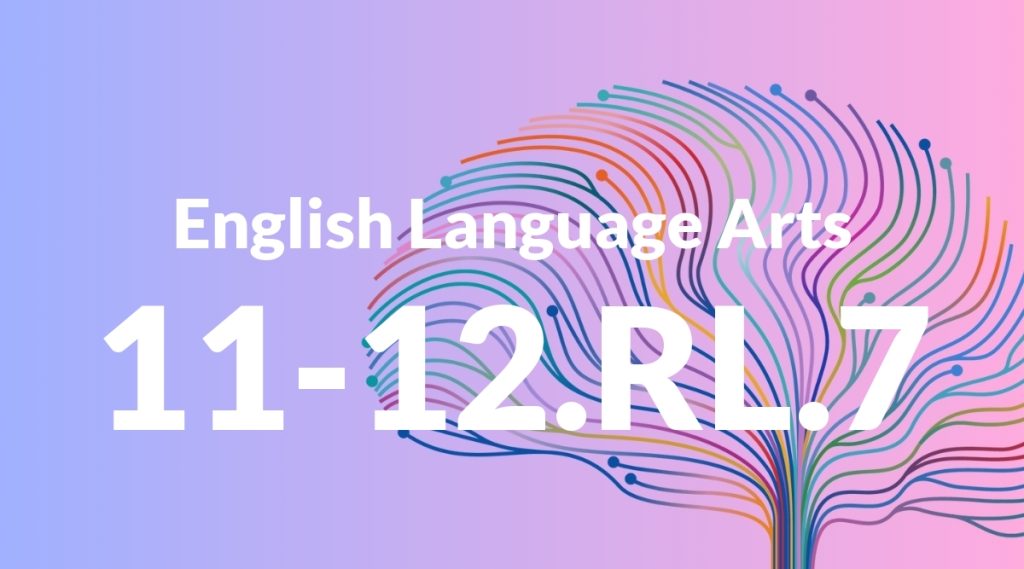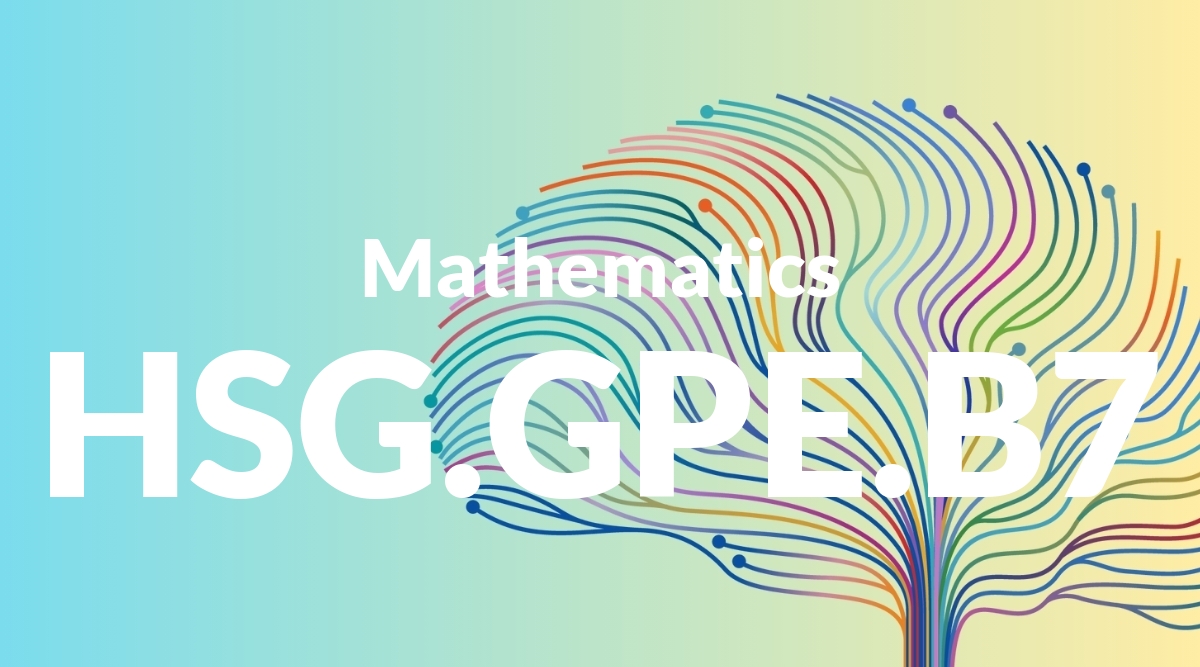Standard: 11-12.RL.7 – Analyze multiple interpretations of a story, drama, or poem (e.g., recorded or live production of a play or recorded novel or poetry), evaluating how each version interprets the source text. (Include at least one play by Shakespeare and one play by an American dramatist.)
Grade level: Grade 11-12
Subject: English Language Arts
Domain: Reading: Literature
Teacher Overview
This standard focuses on analyzing and evaluating multiple interpretations of literary works, such as plays, novels, and poems. It emphasizes the importance of understanding how different mediums and interpretations can offer varied insights into the source text. This skill is crucial for developing a deeper appreciation and critical understanding of literature. Students need to be comfortable with basic literary analysis, including identifying themes, character arcs, and narrative techniques. They should also have some familiarity with drama and poetry.
Students will develop advanced analytical skills, enabling them to critically evaluate and compare various interpretations of literary works. This prepares them for higher-level literary studies and enhances their overall critical thinking abilities.
Common Misconception 1
A common misconception is that there is only one ‘correct’ interpretation of a literary work. This view limits students’ ability to appreciate the richness and diversity of literature.
Intervention 1
Encourage students to explore multiple interpretations through group discussions, comparing different versions of the same work, and reflecting on how each version offers unique insights.
Common Misconception 2
Another misconception is that modern adaptations of classic works are less valuable. This can prevent students from seeing the relevance and accessibility of these works in contemporary contexts.
Intervention 2
Use examples of successful modern adaptations to show how they can bring new life to classic texts. Discuss the creative choices made in these adaptations and their impact on the audience’s understanding.
Prerequisite Knowledge
Students should have a foundational understanding of literary analysis, including themes, character development, and narrative structure. They should also be familiar with basic concepts of drama and poetry.
Subsequent Knowledge
After mastering this standard, students will be able to critically evaluate and compare various interpretations of literary works, enhancing their analytical skills. They will be prepared for more advanced literary studies and critical thinking tasks in higher education.
Instructional Activities
- Watch different film adaptations of a Shakespeare play and discuss the directors’ choices.
- Read a modern American play and compare its stage and film versions.
- Listen to an audiobook version of a novel and analyze how the narration affects the interpretation.
- Write comparative essays on multiple interpretations of the same literary work.




